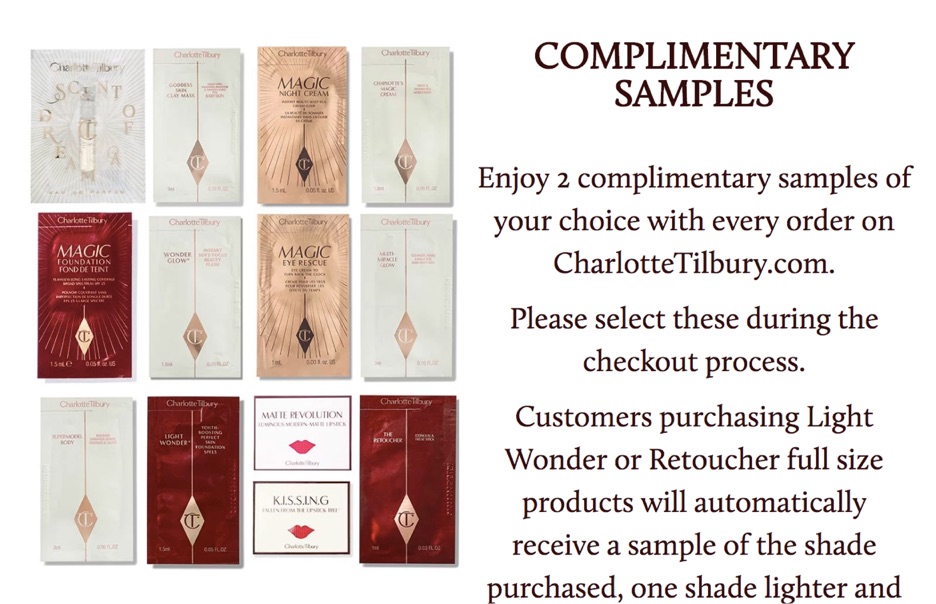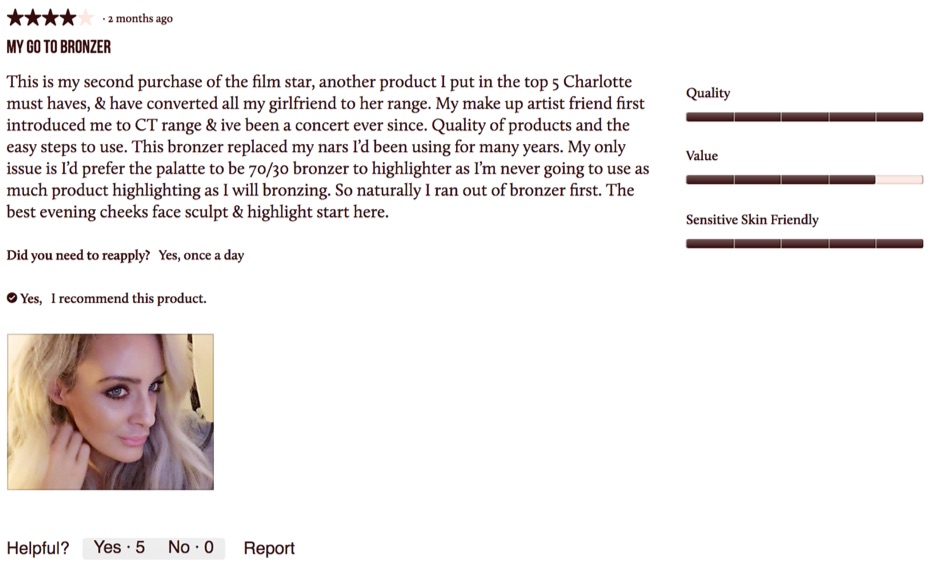Tom Robertshaw (@bobbyshaw) is an Ecommerce Evangelist at Space 48, an award-winner ecommerce consultancy for forward-thinking retailers. He recently recorded a webinar with Kissmetrics, listen here.
It can be easy lose ourselves in the chronic battle of customer acquisition. Expanding the top of the funnel to get more visitors coming to the site seems like the obvious way to grow the business.
However, according to the Adobe Digital Index Report, returning customers make up 40% of revenues whilst representing only 8% of visitors. This tells us there’s a huge opportunity to increase customer retention rates further to support revenue growth.
The same report found that returning customers are nine times more likely to place an order than new customers. This encourages to review our investment in customer retention strategies and tools when compared to our budget for initial acquisition.
It’s a worthy investment. In my experience, high growth merchants have healthy customer retention rates. In the best cases, customers are returning multiple times a year which really helps to validate the cost of acquisition.
Repeating this finding is the consulting firm Bain and Company, who reported that increasing customer retention by 5% increases profits by 25% to 95%. It’s readily apparent that this level of profit increase not only gives the business a lot more breathing room, but it facilitates more reinvestment in the business, which leads to more returning customers. Conversely, those businesses without returning customers and the margins to show for it don’t have the same kind of money to invest and perpetually fall further behind their competitors.
With that in mind, it’s easy to see how having more repeat customers can be the difference between a business scraping by and one that’s flying. Hopefully I’ve been able to validate the importance of investing in customer retention, but where should you start?
Why would a customer come back?
It’s important to set the scene. Ignore your current website for the moment and spend time thinking about it from the customer’s perspective. Regardless of your ecommerce vertical, a customer is going to return if two things are true:
- You reliably fulfill their needs (Customer Experience)
- They think of you in a time of a new need. (Engagement)
This formula may feel a bit oversimplified, but it’s useful to remind us that customer retention strategies aren’t just about marketing. We are building relationships with a customers and they need to be able to trust our ability to solve their problems.
Looking first at the customer experience and their needs, when they arrive on your site, they already have a need or desire. If we’re lucky this may be a need for a very specific product, or, if we’re not, they have a more generic problem which requires research and discovery. In both cases, a merchant’s responsibility is to guide them through their journey, educate them on the offering and give them the confidence to enter into a relationship. Other than that, the best thing to do is to keep out of their way by providing as frictionless an experience as possible!
To achieve this, the focus should be on creating a high quality User Experience (UX). This is a broad area that is fundamental to the design of the site so isn’t something that I will cover in this article. To summarise, a site with a good user experience will provide timely, precise and orderly information as well as clear, prioritised and easy to use navigation and action elements.
In addition to providing a low friction design, we need to give the customer confidence that we are trustworthy. There are many aspects to the experience that can help here. Whether it is spending time working on professional branding, educating the customer on the company background and history, reducing site bugs, displaying site seals or advertising multiple methods of contact clearly.
There are more functional components to a successful transaction such as the pricing and value offering as well as the shipping methods that are available. These all contribute towards meeting the customers’ needs.
Moving on to the second requirement which was a customer thinking of the brand in a time of a new need, there are direct and indirect methods of supporting this. The direct methods are the traditional customer retention strategies of advertising, remarketing, email campaign, catalogues, etc. However, the other methods of encouraging customer engagement should not be forgotten. Providing ways for customers to actively engage with the brand by providing user generated content features like reviews will strengthen the bond.
The timing of directly reaching out to the customer is more difficult to achieve with email but this can at least be tackled by customer segmentation which we will talk about shortly.
How do you identify what you’re doing wrong?
It can be hard to identify customer experience issues once we are expert site users, but it’s far from impossible. It requires us to remain humble and not assuming that we know everything. We should be open-minded, reflective, and empathetic to potential issues that visitors may have. Reviewing with fresh eyes can be easier once you have fresh knowledge.
One type of resource for acquiring new knowledge is to use heat mapping and visitor recordings tools such as Hotjar or Mouseflow. The best way to understand any kind of behaviour is to combine samples with overall statistics. In our case, combining analytics from Google Analytics or heat mapping tools with information provided by visitor recordings can give new insights into how customers interact with the site and what problems they may be having.
Secondly, there are some great free resources to educate yourself on user experience principles. My favourite is the Baymard Institute, who are the undisputed experts in ecommerce UX with a wealth of research and studies that help us to better understand how customers interact with different pages and specific page components.
For example, one common problem with ecommerce navigation and the rise of “mega menus” is the difficulty moving from a top level menu item to a sub-menu item within the mega menu without accidentally activating an adjacent top level menu item. See the example below on the Toys R Us site.
Other useful resources include Smashing Magazine, Practical Ecommerce and Econsultancy.
Increase customer enjoyment
A sure-fire way of getting customers to come back is to make it more fun to buy from you than anywhere else! There’s a huge variety in techniques of how this can be achieved, but the methods that play to the brand’s and products’ strengths are going to be the most successful. Here are some examples of ways that the merchants we’ve worked with have supported customer engagement.
1. User generated content
Charlotte Tilbury is a makeup and beauty brand that enables customers to give back to the community by way of detailed product reviews, including photo uploads. These personal reviews will aid the decision process for all customers while also promoting the authenticity of reviews.
Another way that they centre the experience on the customer is by way of photo uploads through the website or social media and featuring them on the site. Both of these are an effective way of enabling your brand advocates which is beneficial for them, for you and other customers.
2. Product Samples
One of the challenges of the makeup and beauty market can be product discovery and giving customers the confidence to change products. Charlotte Tilbury has tackled this by providing free samples with every order. This is a brilliant way of promoting products, enabling discovery as well as bringing a little bit of extra joy in each delivery!

3. Product Launches
Irregular Choice is a fashion brand that sell truly unique shoes, bags and accessories. Over the last year they’ve collaborated with Disney to release some wonderful designs inspired Star Wars, Cinderella, Alice in Wonderland and the Muppets to name a few.


It’s no surprise to find out that customers get very excited about such unique designs. Irregular Choice support this by way of product launches on advertised dates and times and then market these within emails, around the site and on social media. This can be a real success when partnered with in-store shopping events as well.
4. Rewarding Loyalty
Rewarding loyalty doesn’t just have to mean implementing a loyalty points program. Through customer segmentation, we can identify the most loyal customers based on their spending or number of orders and then we can tailor our messaging. If you have product launches or sale periods, you may be able to give them an exclusive or provide them with early access. Even just communicating with them on a more personal level because you are using the context of their previous purchases in the way that you talk to them will make it feel more personal.
5. Thoughtful Packaging
It’s wise not to forget that the shopping experience continues all the way until the arrival of the item and the customer unboxes it.
Smythson are a luxury stationery and leather goods brand with history all the way back to 1887. They invest in this luxury experience by making sure that every order is exquisitely wrapped in tissue paper and carefully presented in a quality gift box finished off with ribbon. This helps to position the product and brand as luxury and, from experience, I can say that it makes the customer feel special as they carefully unwrap it.
Timed and Targeted Re-engagement
Once the on-site and delivery experience has been created, the traditional outreach portion of the customer retention strategy can be tackled. The primary areas to consider are:
- Search Ads
- Remarketing
- Social (ads and engagement)
When approaching designing email campaigns, customer segmentation is a powerful tool to ensure that your messaging is personalised to the customer context increasing its effectiveness. Even abandoned cart emails can be considered one form of customer segmentation.
For those that haven’t really started with customer segmentation, the easiest way to start is to segment based on total spent and number of orders. This will quickly provide a list of VIP customers that can be sent special offers, or early access to news and products like in the case of the product launches mentioned earlier. Once that has been done, the next group down will be “pre-VIP” which are customers that are primed to become brand advocates given some attention.
Another particularly popular form of email campaign over the last year has been a welcome campaign. When customers subscribe to the newsletter, rather than just sending a confirmation email, it’s an opportunity to educate them on the brand and the product highlights. Instead, consider creating a 3-email series that includes information about the brand history and values, provides highlights on the most well-received blog content over the last year and also take the opportunity to continue to educate the customer on the range of your product catalogue and your top selling products.
Other campaigns types to look into include win-back, i.e. when a customer hasn’t purchased for a while, or a customer that has been subscribed for a while and hasn’t placed an order yet.
Customer Segmentation
As I hope it’s starting to become clear, moving away from all communication being broadcast-based is critical for customer engagement. The next level to achieve beyond customer segmentation is by way of personalisation. Recommending different products to each customer, both on the website and in emails, is easily achievable with tools like Nosto. With just a small piece of code, Nosto will track customer behaviour around the site so that it can intelligently suggest products based on their activity and extrapolated needs. This is a particularly smart way of livening up emails, making them more personal than could ever be achieved at this scale manually.
Kissmetrics for eCommerce is a valuable tool as well. Kissmetrics collects person-based behavioral data, defines and tracks key customer segments and then enables you to engage with your customers with more targeted email and facebook campaigns. When you create refined segments of your many different customer types and tailor messaging uniquely toward just that segment you’re creating a memorable experience between your brand and customer which leads to brand loyalty and more repeat purchases.
Outreach
Paid advertising through search, social and remarketing are all incredibly valuable tools in the customer retention strategy chest. Each one will need to be researched, experimented with, evaluated and iterated on to find out what works best.
The point of interest here for returning customers is to have tracking pixels, similar to the Nosto code so that the remarketing networks can target customers based on the categories and products that they’re interested in and, importantly, stop selling to once they’ve ordered.
Strategy Checklist
We’ve covered quite a range of aspects to consider for any customer retention strategy but it’s far from exhaustive list and there are always going to be unique opportunities for each vertical and business.
As a quick summary to use as reference when reviewing your strategy, make sure to consider:
- UX Review & Conversion Rate Optimisation
- User generated content
- Loyalty Programmes
- In-Store Events
- Content Marketing
- Social
- Customer Service
- Delightful shipping
- Customer Segmentation
- Personalised Product Recommendations
- Abandoned Baskets
- Email marketing campaigns
- Advertising
- Remarketing
Remember, that many of these areas will help to improve conversion rates for new customers as well as returning ones!
Finally, as part of any strategy, decide upon some KPIs to track the effectiveness of the strategy. I would expect there to be KPIs for each area implemented as well as overall KPIs. At a high level, these KPIs would include comparing the primary KPIs of number of sessions, orders and therefore conversion rate between new and returning customers. I would also recommend tracking the customer lifetime value and hopefully this will increase which will warrant further investment in acquisition! Then watch the growth cycle continue!
from The Kissmetrics Marketing Blog https://ift.tt/2pRg1LJ
via IFTTT




